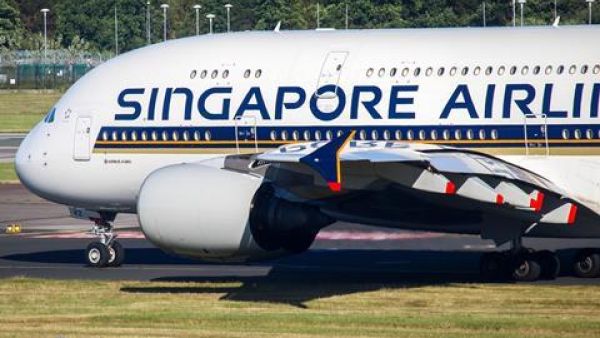ALBAWABA - The Singapore Airlines Group recently reported a remarkable quarterly net profit of $734 million, owing to robust passenger demand and impressive load factors. This milestone marked the highest quarterly performance in the group's history, with an expansion of passenger capacity by 32.4% following the easing of international travel restrictions.
During the quarter, both Singapore Airlines and Scoot collectively carried 8.4 million passengers, reflecting a remarkable 65.5% increase compared to the previous year. Demand surged across all route regions and market segments, resulting in an average passenger load factor of 88.9%, with Singapore Airlines at 88.1% and Scoot achieving a record-breaking 91.7% load factor.
The quarterly net profit of $734 million represented a remarkable 98.4% increase from the same period last year. Building on this success, the Singapore Airlines Group posted its highest-ever net profit for the entire fiscal year 2022-2023, setting a strong start for the current fiscal year.
Regarding fleet expansion, the group added four aircraft to its operating fleet during the first quarter, including one Airbus A350-900, two Boeing 787-10s, and one 737-8 (after its cabin retrofit). Singapore Airlines currently operates 159 aircraft, with plans to receive 65 additional planes in the coming years. On the other hand, Scoot's fleet consists of 59 aircraft, with an order for 31 more airplanes.
In terms of route expansion, Scoot extended its operations in China, resuming services to seven destinations. The combined network of Singapore Airlines and Scoot encompassed 116 destinations in 36 countries and territories, with Scoot serving 14 cities in China and SIA serving four.
Despite the stellar performance in the passenger segment, the cargo division faced challenges as air freight demand softened. Cargo loads declined by 11.3% year-on-year, while capacity grew by 12.1%, primarily due to the increased bellyhold capacity from the resumption of more passenger flights. Looking ahead, the group anticipates continued softness in cargo demand due to inflation and weak economic conditions, even as airlines add more planes to their fleets. Moreover, the modal shift towards sea freight, driven by inventory overhang and easing supply chain constraints, has intensified competition and could further impact cargo yields on key trade lanes.
While Singapore Airlines Group remains optimistic about the passenger segment's recovery, it recognizes the need to address the challenges in the cargo segment amid evolving market conditions.







